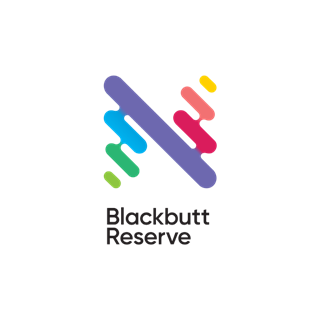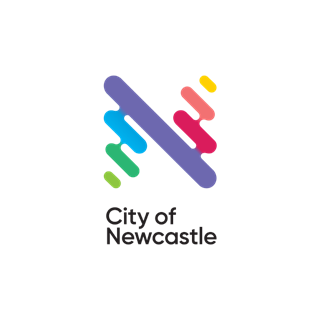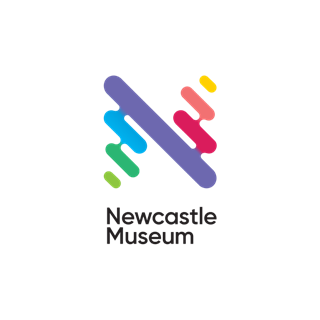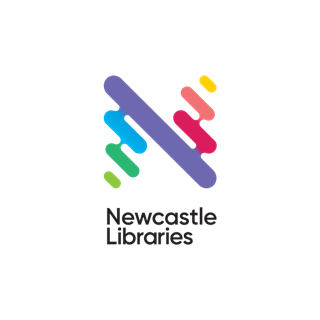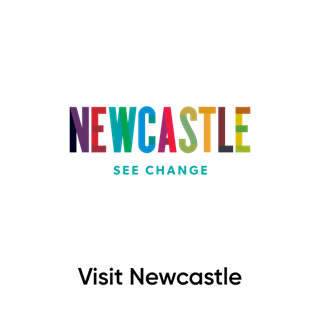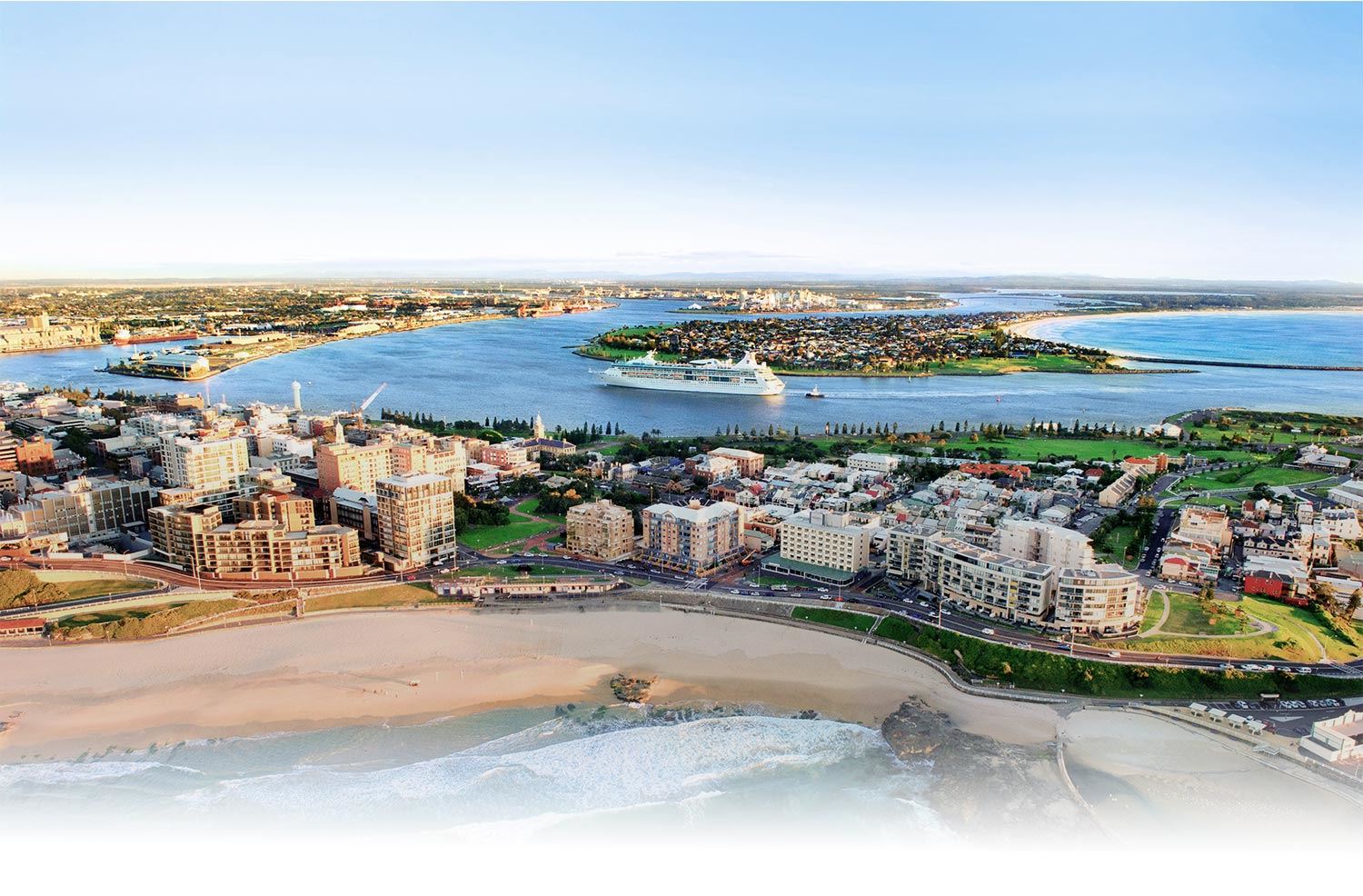
Maiden Supercars event a huge economic win
18 Oct 2018
A $30 million windfall generated by the inaugural Newcastle 500 flowed through Newcastle's local economy last year, according to an independent research centre’s analysis of mobile phone data, banking records and business transactions.
The Hunter Research Foundation Centre (HRFC) found the maiden race strengthened the city's capacity to host major events and generated an estimated $30.1 million in gross revenue.
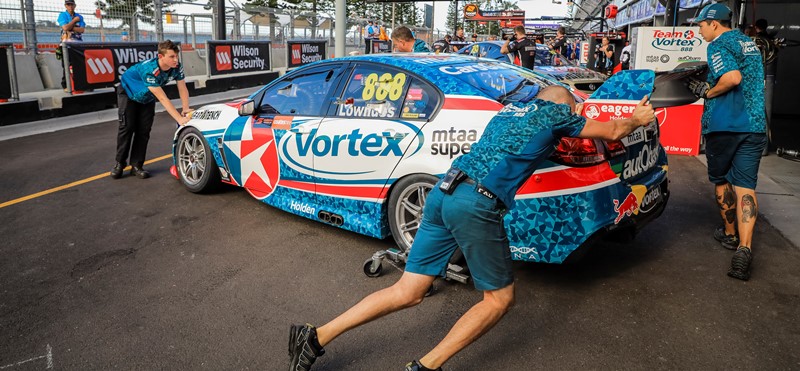
The analysis does not include the direct economic benefit or flow-on effects in neighbouring areas including Port Stephens, Lake Macquarie, Maitland and Cessnock.
Councillors will consider the HRFC report, Newcastle 500 Supercars Event Economic and Non-economic Impact Assessment, commissioned by City of Newcastle, on Tuesday night.
Economic benefits in it include:
• $8.94 million in direct expenditure by visitors
• $9.71 million in the flow-on effects
• $4.97 million in direct local expenditure by Supercars
• $6.5 million in flow-on effects of Supercars Australia's local spending
“This report confirms what many Novocastrians already knew - the inaugural Newcastle 500 was an outright economic success for the city, with $30 million in direct and indirect economic benefits,” Lord Mayor Nuatali Nelmes said.
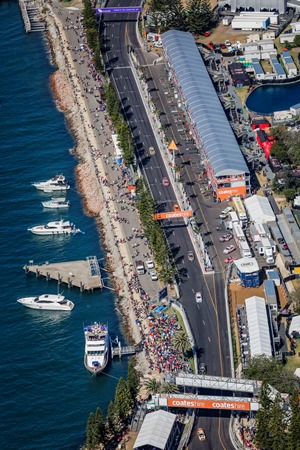
“Almost 83,000 visitors to the City enjoyed themselves in Newcastle East and Cooks Hill over the three days, accounting together with local attendees for the 192,000 figures previously reported.
"What's new in this report is the banking data that shows Supercars fans spent up big, with the research demonstrating how the money flowed through the city."
Visitor outlays were calculated based on transaction data from nine Australian banks.
As most visitors paid for their accommodation costs well in advance of the three-day event, this spend was not included in the report analysis. With it included, the direct visitor expenditure for overnight stays would be considerably higher than the $191 identified in the report.
Costs associated with Council’s multi-million dollar East End civil works program were also excluded on the basis that these scheduled works were brought forward several years to enable the Newcastle 500 to be staged in 2017.
The direct economic injection to local contractors and suppliers amounted to $4.97 million, with an additional $6.5 million in flow-on effects, while the study found 22 out of the 31 food and beverage outlets at the event were from the Newcastle local government area.
"While this research means we can now quantify the economic boost for the city, the advertising benefits from the phenomenal media coverage with regard to long-term tourism are harder to quantify, even though the value of coverage is estimated at $1million," the Lord Mayor added.
"Mainstream media, the report notes, recorded an audience of 8,641,042 people and social media posts reached 630,000 users, so the race also brings with it enormous potential for tourism growth at a time when the city has never looked so good.
"We wanted to host the event to give the city an economic boost, promote it to the world and celebrate Novocastrian pride and I believe this report provides an emphatic endorsement of that decision."
HRFC included as part of its analysis the results of a business impact survey commissioned by the Newcastle East Residents Group, which drew 243 responses from businesses inside and outside the event precinct. A range of people were interviewed as part of the study including opponents of the race and members of community groups.
The report identified a range of other benefits for the city, including:
• Familiarising local businesses with operating methods for large events
• 15,000 hours of local labour used by the event's caterers
• 1,932 local workers allocated tickets
• 744 volunteers gained experience and promoted Newcastle
The total cost of the report including purchase of Telstra and major bank data was $156,000.

